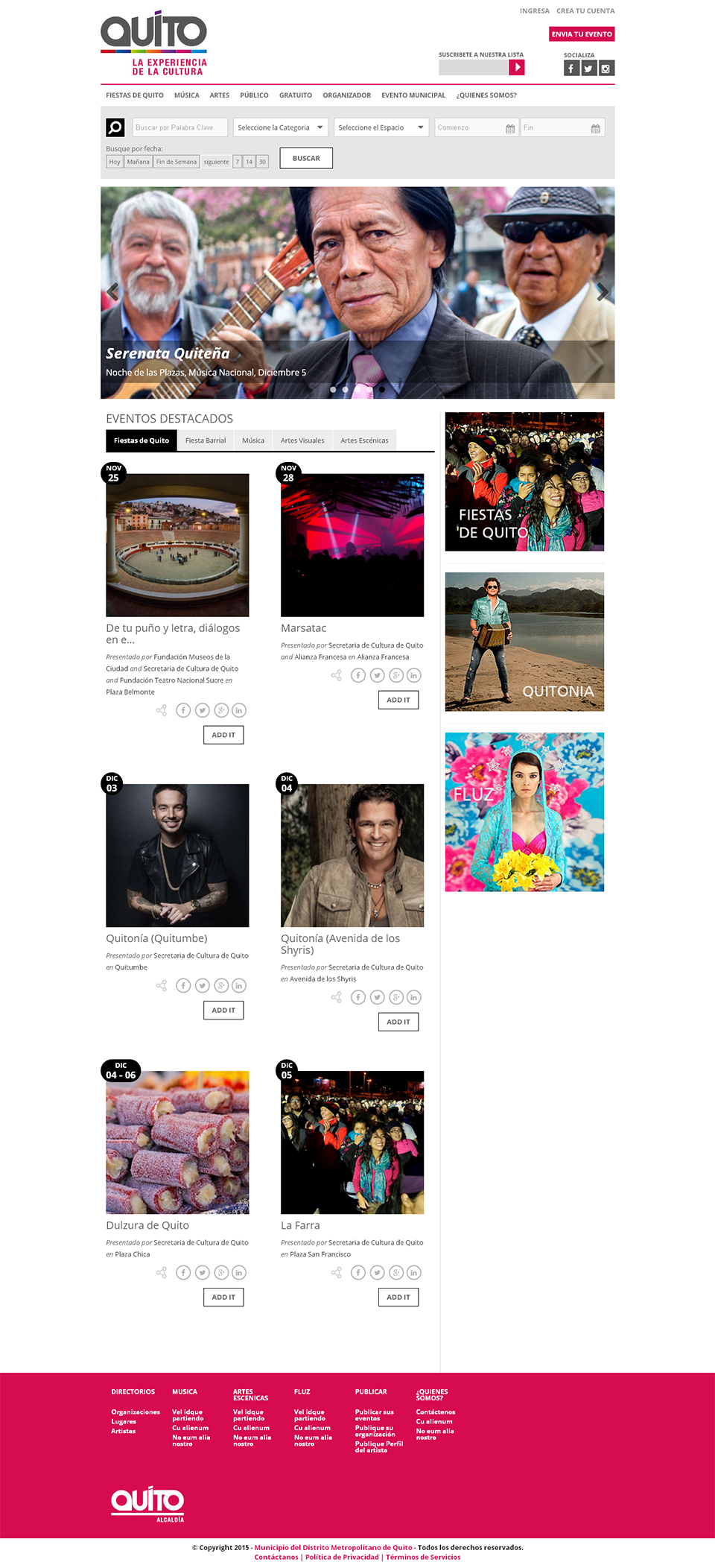
How Artsopolis helps close the gaps in arts coverage
Above: Two Artsopolis grantee organizations (San Jose Taiko and Abhinaya Dance Company of San Jose) in a collaborative performance. Photos courtesy of Artsopolis.
A Knight Foundation-supported technology platform is arming arts service organizations around the country with tools to publicize areas of the arts that aren’t always noticed by the public or covered by the media.
Originally developed almost 15 years ago, Silicon Valley Creates’ Artsopolis platform provides a digital hub to promote events and activities in a city’s arts ecosystem. About 50 communities around the United States – and now one in Ecuador – are using Artsopolis technology to power websites that feature local events, artist profiles, arts education information, public art facts and classifieds to promote jobs and auditions within the arts. The sites might feature productions as big as the local symphony or “The Lion King,” alongside events from a small theater.
“The Artsopolis platform really levels the playing field for the small groups to be able to have visibility in relation to the large organizations,” said Jeff Trabucco, director of Artsopolis.
The Artsopolis platform complements another Knight-funded effort, Creative Exchange, an initiative of Springboard for the Arts and Urban Innovation Exchange that is a “national platform for storytelling and resource-sharing” among artists and the creative community.
A majority of Artsopolis licensees are arts service organizations (typically an arts council, arts alliance or creative coalition), while some tourism bureaus and media organizations have also adopted the technology. The platform recently received $100,000 from Knight Foundation to boost its efforts in Knight communities, such as San Jose, and to deploy four new tools:
• An individual artist directory: Websites can now promote profiles of artists participating in events, instead of just presenting basic events calendars.
• An arts education directory: The directory helps enhance the profile of an organization by showcasing to teachers and parents the educational programs the organization offers. For example, a symphony orchestra might offer classical music classes for kids as both a community service and a way to increase revenue, Trabucco explained.
• A public art module: “You’re driving down the street, [and] you see this funky sculpture on the street corner and you wonder, ‘What is that?’” Trabucco said. With this new feature, people can look up that public art piece to find out about its history and the artist.
• A Spanish-language module: Regions with large Spanish-speaking communities – such as in Napa County, Calif. – can now have translated sites and content. Trabucco said being able to reach Spanish speakers has helped “get them engaged in the local arts and culture activities that they may not normally be exposed to.” The system text – such as buttons, labels and links – are translated by the sites’ bilingual staff members. The person posting the content or one of the sites’ bilingual staff members translates each calendar listing.
In a climate where news organizations are operating on tighter resources, Artsopolis sites are helping fill the coverage gap by giving arts groups more visibility and support, which in turn, benefits the public with more choice, Trabucco said. These community websites not only help showcase events in a region, he said, but Artsopolis communities also are building a knowledge base of best practices among themselves: “So Milwaukee may be talking to Sacramento. Sacramento may be talking to Nashville. Nashville may be talking to Boston.”
Artsopolis’ next big step is to develop more of a connection between editorial content and events calendars or artists profiles. For example, someone might see an event but may not know there is an article written about it, either on the Artsopolis platform or on other websites. “It’s really, how do we tap into all the stories that are being told and use Artsopolis as a vehicle for helping to promote and connect the dots on those stories with the other information that we have,” Trabucco said.
Artsopolis has already made leaps with its technology with a new, mobile-responsive design, better optimizing websites for everything from a desktop computer to a tablet to a smartphone. For the websites that have adopted the new mobile-friendly design since last July, Trabucco said their site traffic numbers are already going up simply because of that added accessibility. About a quarter of Artsopolis-powered sites are on the new responsive platform, and the goal is to move over everyone by the end of this year, he said.
Vignesh Ramachandran is a Bay Area-based freelance journalist. He can be reached via email at [email protected].

Above: A screenshot from Artsopolis’ website in Quito, Ecuador, which provides an illustration of their new Spanish-language module. Photos courtesy of Artsopolis.
Recent Content
-
Artsarticle ·
-
Artsarticle ·
-
Artsarticle ·
